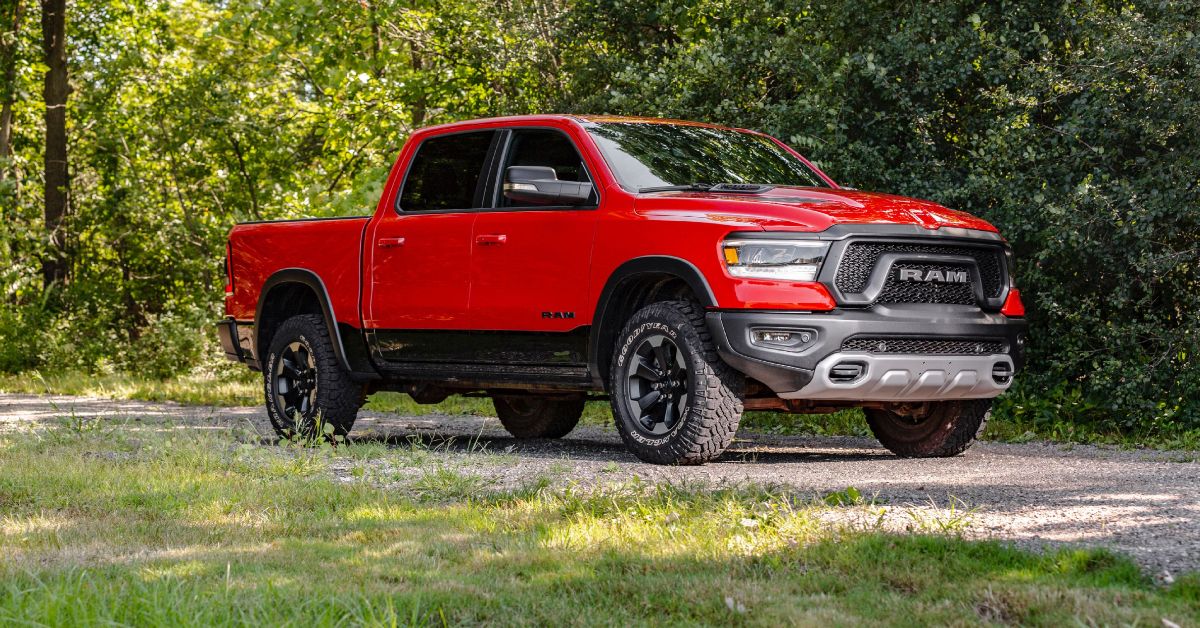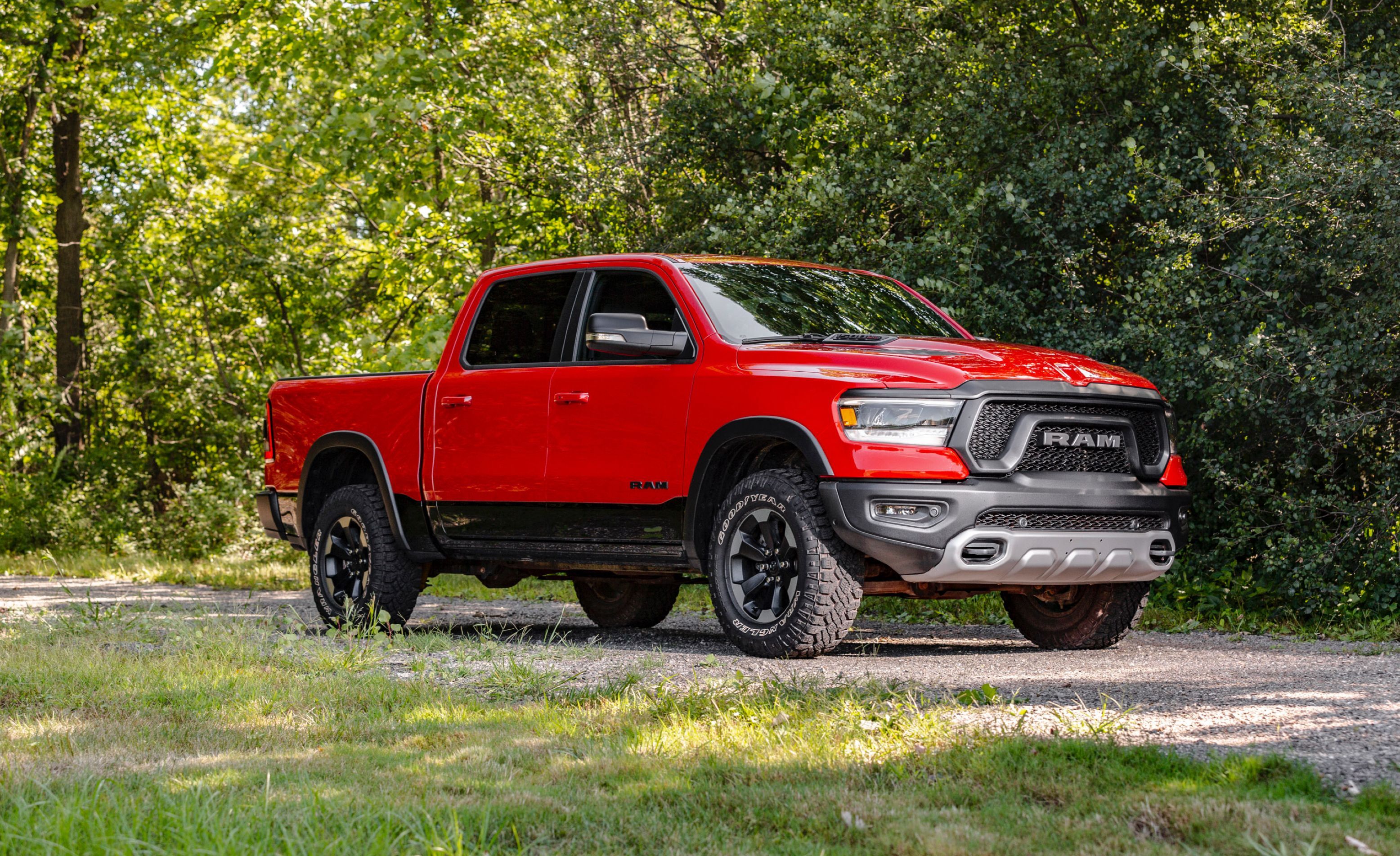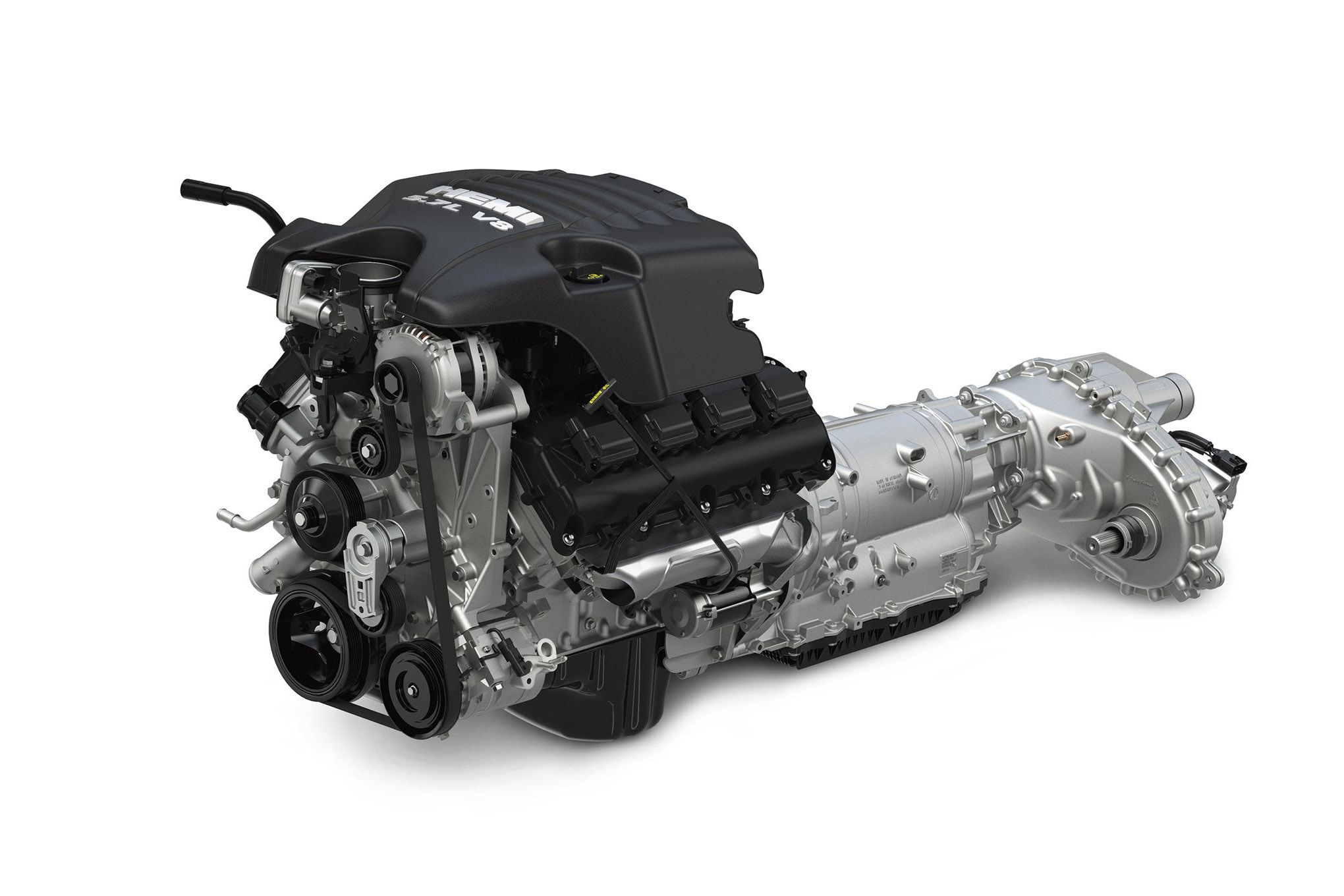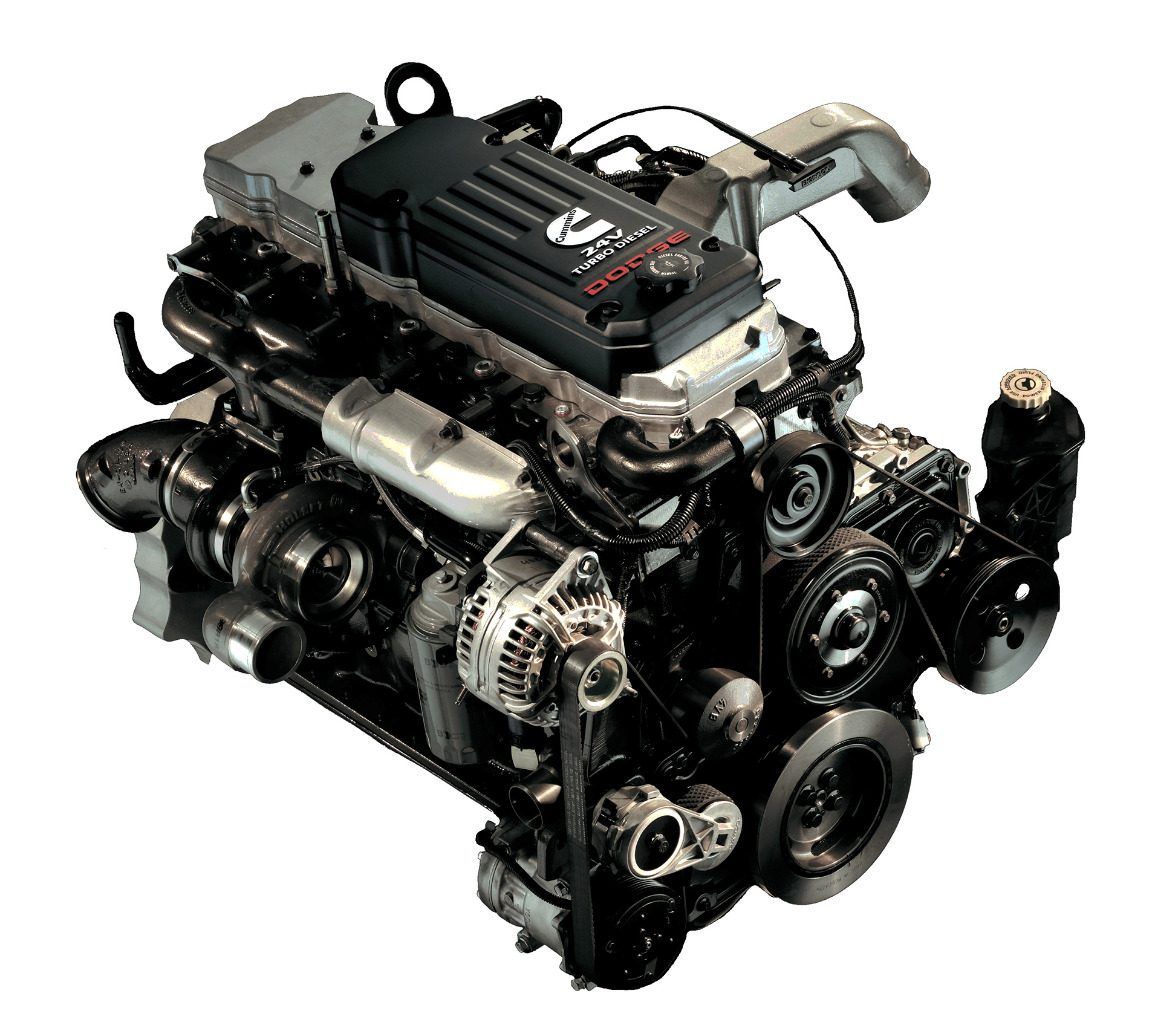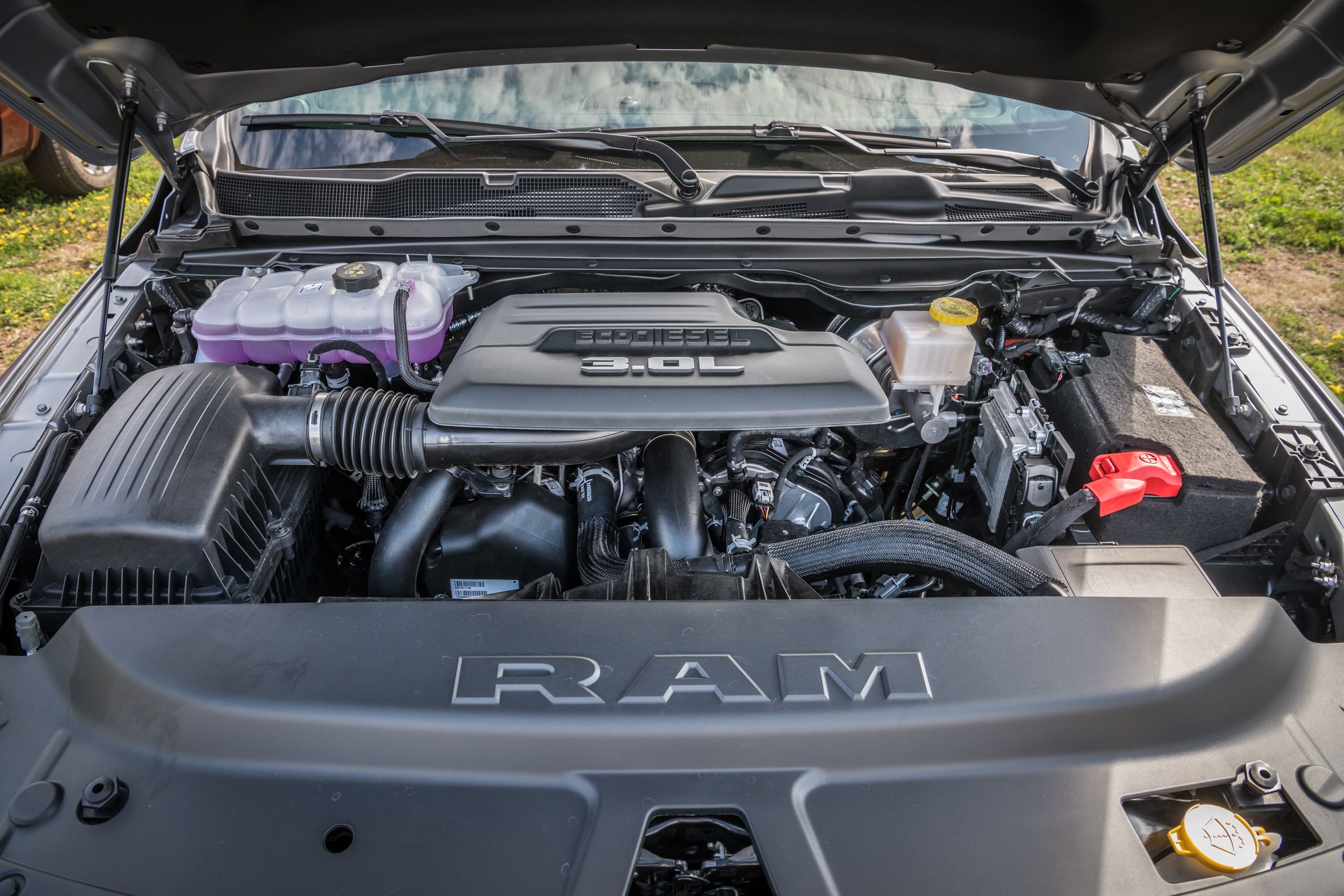The year 1917 marked the origins of Dodge production trucks, with the Ram pickup making its debut in 1981. The first generation of Dodge Ram trucks would continue until 1993. Multiple engines were offered, including the 3.7L slant six, 5.2L V8, or 5.9L V8; This would be designated by 150, 250, and 350 models.
These pickups used “D” or “W” nomenclature to distinguish between 2 wheel drive and 4 wheel drive. Throughout the generations, Dodge/Ram would undergo numerous changes, including the formation of independent brands.
Today, the Ram offers incredibly powerful engines and has garnered MotorTrend’s Truck Of The Year award for both 2019 and 2020. Here is a chronicle of how the Dodge Ram engine has evolved over time.
Generations Of The Dodge/Ram Pickup
The well-known Ram hood ornament was a vintage feature used on Dodge vehicles before it was retired in the 1950s, only to be rekindled for the 1981 model year. This would be the beginning of the first generation of Dodge Ram pickups. Between 1982-1988, Dodge released the D150 Miser, which would be replaced by the D100 and W100 in 1984. Important improvements were made in 1985 when the Power Ram was fitted with a novel Ram Trac transfer case that allowed switching 4WD on or off from the drivers’ seat.
Electronic fuel injection (EFI) was ushered in for the 1988-89 model years. A variety of engines were offered, including the new inline-six Cummins turbodiesel, 3.9L V6 and 5.9L V8. Multipoint fuel injection and a reinvented exhaust system and new HD 5-speed transmissions allowed for performance improvements in 1992, with the Ram making up to 230hp with the 5.2L Magnum. The 5.9L V8 would get similar enhancements in 1993, making 230hp and 325 ft-lb of torque.
The modern era of Dodge Ram would commence in 1994, when the nomenclature was updated to feature the 1500, 2500, and 3500 models. This year would also mark the introduction of the Laramie SLT, LT, ST, and Work Special. The 300-hp V10 gave the Ram accolades as the truck with the most powerful engine of the time. During the remainder of the second generation, the Club Cab and Quad Cab would be produced. By 2001, stock Ram engines would make up to 230hp and a whopping 450ft-lb of torque.
From 2002-2008, the Ram underwent the third iteration of its storied evolution, also featuring a large array of special editions. The suspension, powertrain, and other main features would see an overhaul. A Dodge Viper transmission and 500hp V10 would make its way into the Ram 1500 by 2004. Flex-Fuel in the 4.7L V8 was introduced in 2008, including the SXT and Mega Cab models. In 2009, Ram became a separate brand from Dodge; In 2011, the flagship model would be rebranded as the Ram 1500.
Since 2009, the Ram has been fitted with more updates, resulting in a variety of workhorse offerings. The 2019 Ram 5500 Chassis Cab has a towing capacity of 43,000lbs and 800lb-ft of torque.
Evolution Of The Hemi V8 Engine
The Hemi, or hemispherical combustion chamber engine, can be traced back to the 1900s. Since its debut, it has undergone various changes. Mechanically, the Hemi is said to be superior due to reduced heat dissipation from the heads, increased fuel pressure, and larger valves. The first version of the Hemi was a 241ci V8 featured in the Red Ram, a 1953 pickup with 140hp.
Chrysler’s racing 426 Hemi was the first to be officially dubbed a “Hemi” in 1964. The engine would dominate NASCAR competition (winning 1st, 2nd, and 3rd place); Street-legal consumer versions were released in 1966.
The original Hemi design would persist until 2003, when the 5.7L/345ci V8 was produced. The engine has features such as variable valve timing and technologies for increased fuel efficiency. The current iteration of the Hemi under the hood of the Ram 3500 makes up to 410hp and 429 lb-ft of torque. It is rated to have a maximum payload of 7,680lbs.
History Of The Cummins Diesel
The first Cummins diesel in a Dodge Ram pickup truck was for the 1989 model year. Upgrades to its power and performance led to many achievements throughout its evolution. By 2001, the powerful diesel engine produced in excess of 500 lb-ft of torque.
The 6.7L iteration of the engine, the Cummins Bluetec, was released in 2007 and gave the Ram 2500 and 3500 a substantial 350hp with 650 lb-ft of torque. Fast forward to 2013, and the Cummins had 385hp and 850 lb-ft of torque, a number that would soon reach 1,000 in 2019.
Dodge EcoDiesel
The EcoDiesel is made for efficiency and reduced emissions, has features such as B20 Biodiesel compatibility and Active Grille Shutters. The new engine is a 3.0L V6 with 240hp and 420lb-ft of torque. This provides the 2020 Ram 1500 with a towing capacity of 9,210lbs.
It is incredibly quiet compared to a traditional diesel engine and has been awarded by making Ward’s 10 Best Engines for three consecutive years.
SOURCES: TruckTrend, Ram Trucks, Cummins, CJ Pony Parts, Diesel Net

